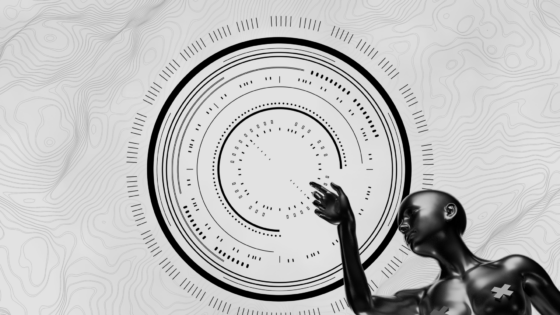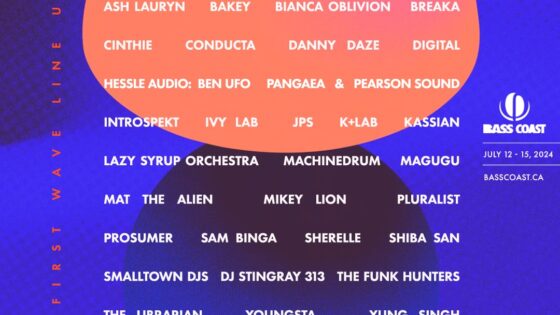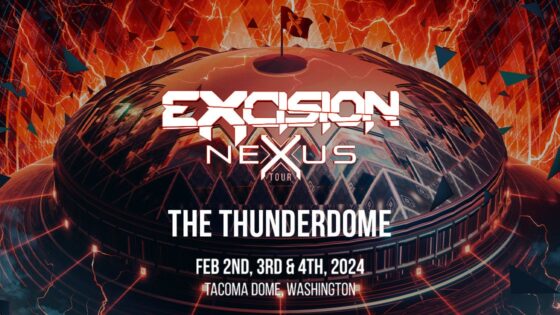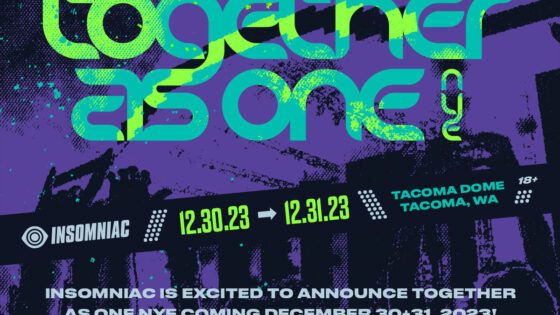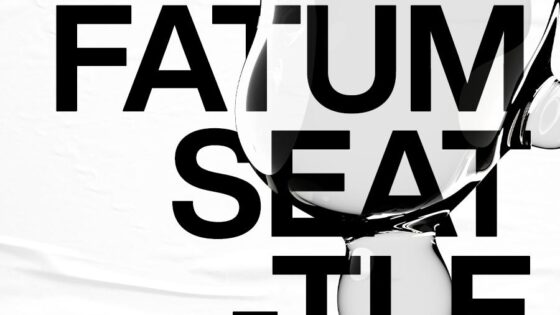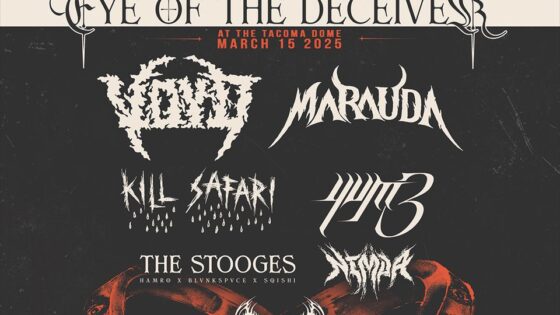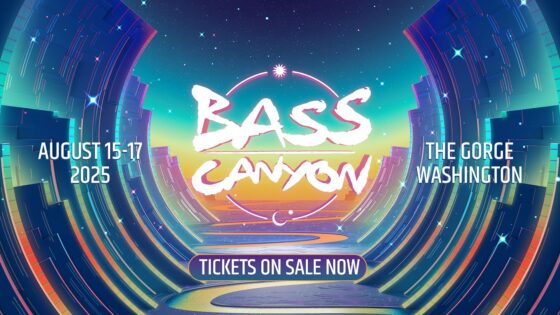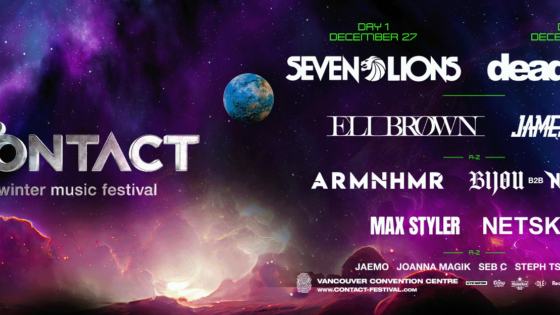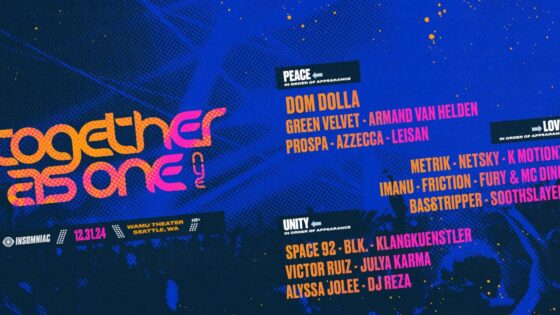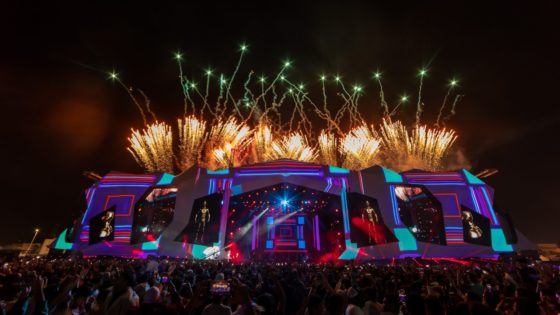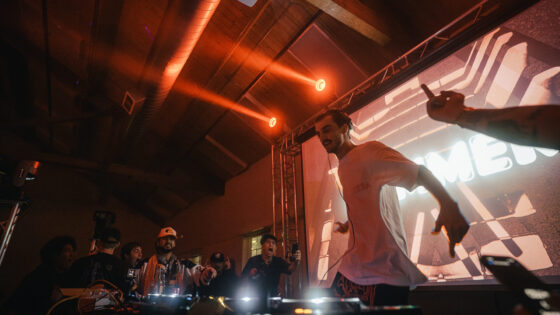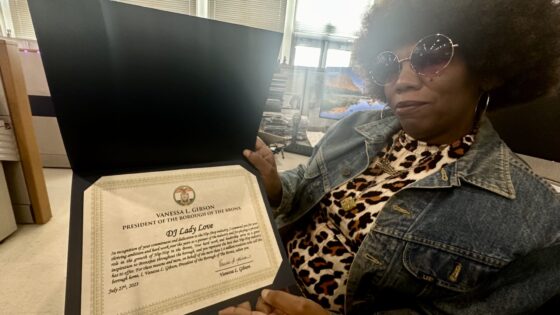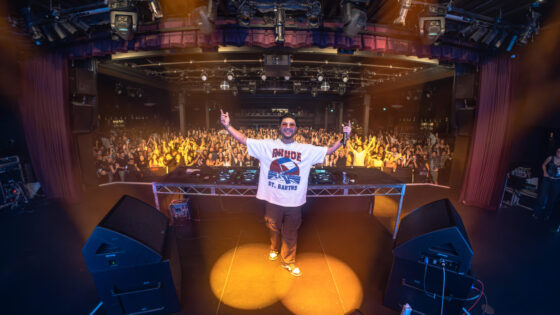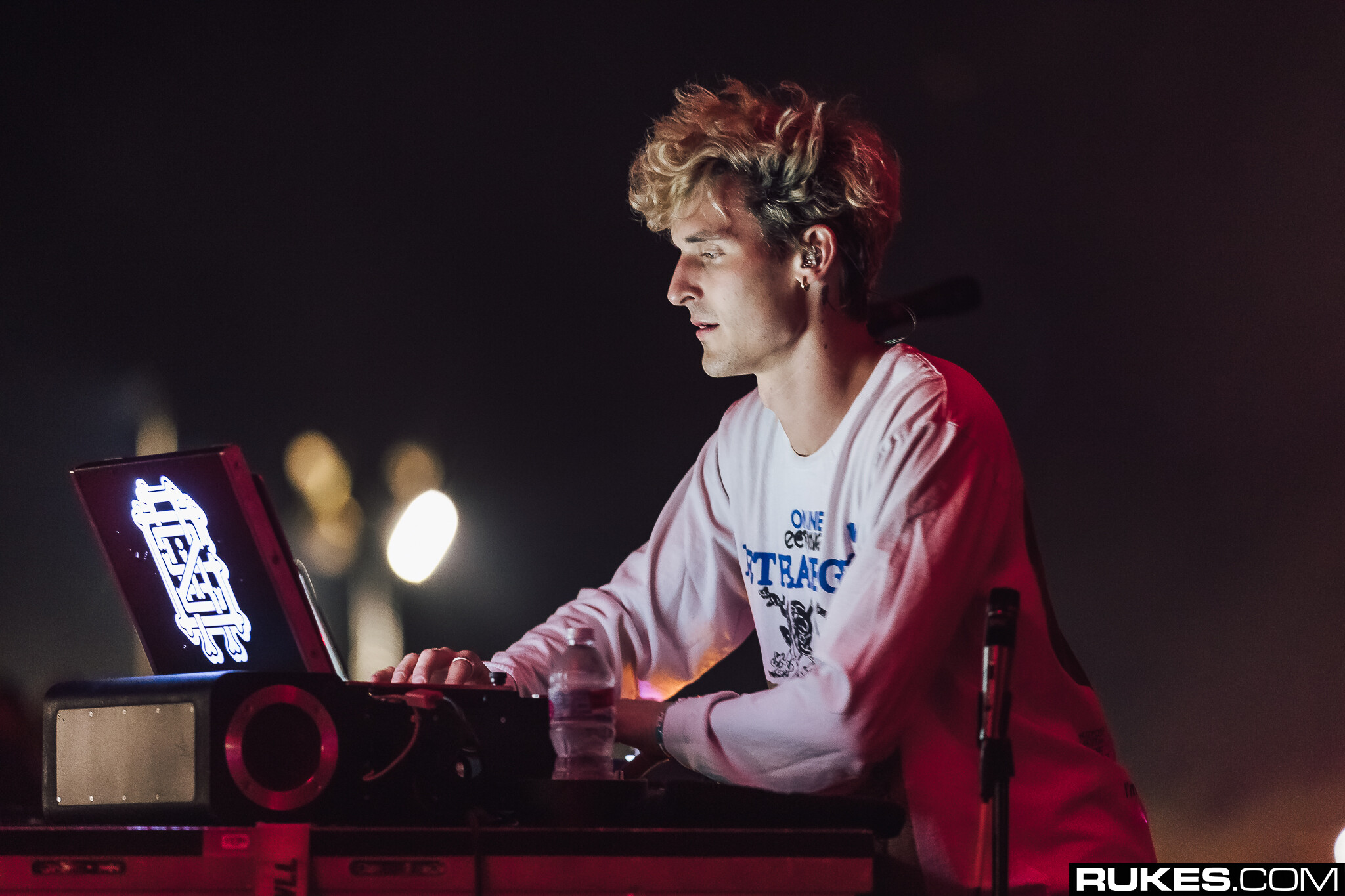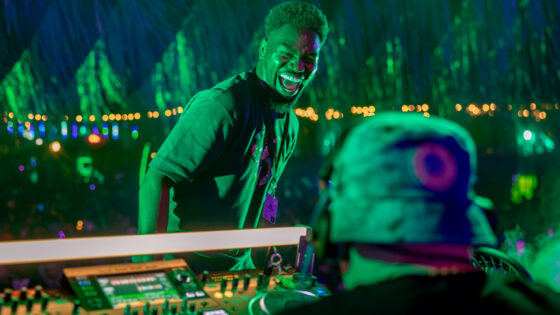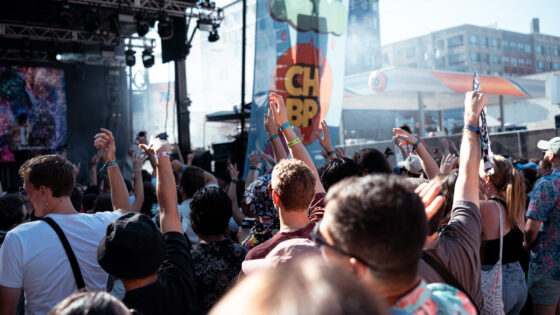The Winter Music Conference recently released its nominees for the 34th annual International Dance Music Awards. As one of the longest-running international electronic music ranking institutions, the IDMA holds massive influence for its winners and nominees.
Since award rankings are regularly scrutinized, the IDMA is no exception as one of the largest EDM award events in the world. Due to this, the 2019 program included a re-vamped methodology for selecting its nominees.
However, one of the most significant problems lies not in the nominee pool, but the categorical pool. After one article pointed out the lack of bass music nominations, we looked at the genres that the IDMA considered. Check out the full artist category nominees below.
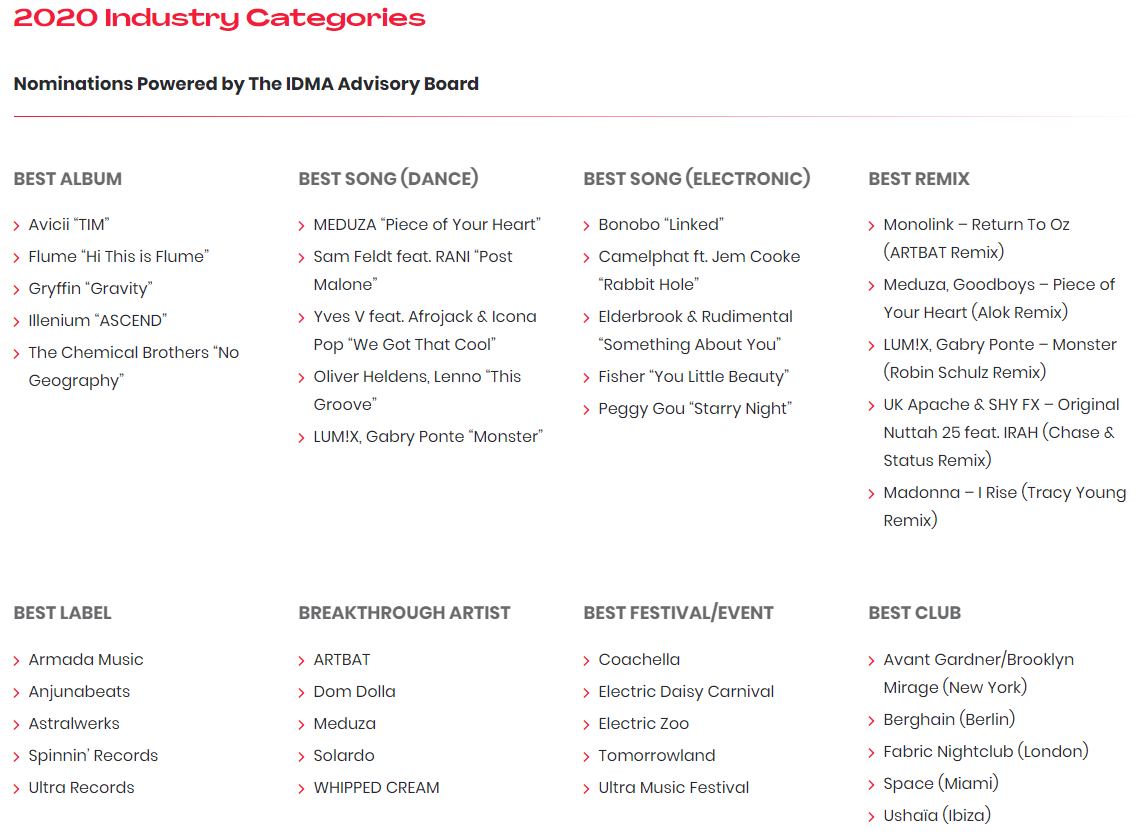
This year’s subgenre award categories include techno, trance, house, bass, drum & bass, hardstyle, and downtempo. Immediately, it’s clear to see this is strongly influenced by Europe’s more popular genres. As U.S. consumers continue to shift into heavier and more bass-driven subgenres, these award categories don’t accurately reflect the international scene. That being so, why doesn’t the international recognition match the international base of listeners?
Creating nominees based on public artist database
Beginning in 2019, the IDMA partnered with the crowdsourced platform Viberate to populate the categories above. Now one of the most comprehensive databases of artists, it relies on public contributions to map the music industry across genres. The IDMA recognized the appeal of utilizing Viberate’s metrics and widespread inventory, and uses the platform for awards within subgenre categories.
Given the data-driven nature and public use of Viberate, you could argue this effectively eliminates bias within the IDMA awards. However, if more users are on this platform in certain countries, the popularity results would become skewed.
For example, Griztronics was one of the top songs of the year, amassing almost 2 million streams on SoundCloud alone, with no award nomination. The first three nominations for Best Song (Electric): Linked, Rabbit Hole, and Something About You, reached less than 1 million combined.
Even though Europe makes up a huge population of EDM listeners globally, the overwhelming majority of top electronic artists on the Slovenian startup’s site are big room or house artists. It seems inaccurate following an influx of bass music and subsequently dedicated festivals around North America, not to mention the explosion of bass and trap music across Asia.
2019 awards created new advisory board
Last year as part of their updated criteria, the IDMA created an advisory board that oversees the event. According to their website, the board “is composed of major players within the electronic music community, including notable artists, managers, agents, publicists, and promoters.”
However, it’s not clear who actually comprises the board or what their mission is in guiding the future of the IDMA. Without transparent rationale, it’s difficult to discern how the board impacts the selection process.
Reducing bias in IDMA
While it’s certainly easier to criticize a lack of representation for more western-influenced subgenres of EDM, the conference deserves serious credit for the infrastructure it has created. Establishing an advisory board (although needing increased transparency) is a great avenue for ownership.
Populating categories using a public data-driven site is also a step in the right direction. However, its use needs to be proportional to the international population. Giving the public the opportunity to select winners reduces bias, but only if the pool of artists reflect what they listen to.
Truthfully, there will never be a completely objective process to choosing the “best” of any music. Especially as this genre continues to diversify, award programs have their work cut out for them. Regardless of whether we agree with the nominees, awards are a great opportunity to recognize artists and their work.
Important things happen in Pacific Northwest nightlife, and DMNW will send you alerts!





